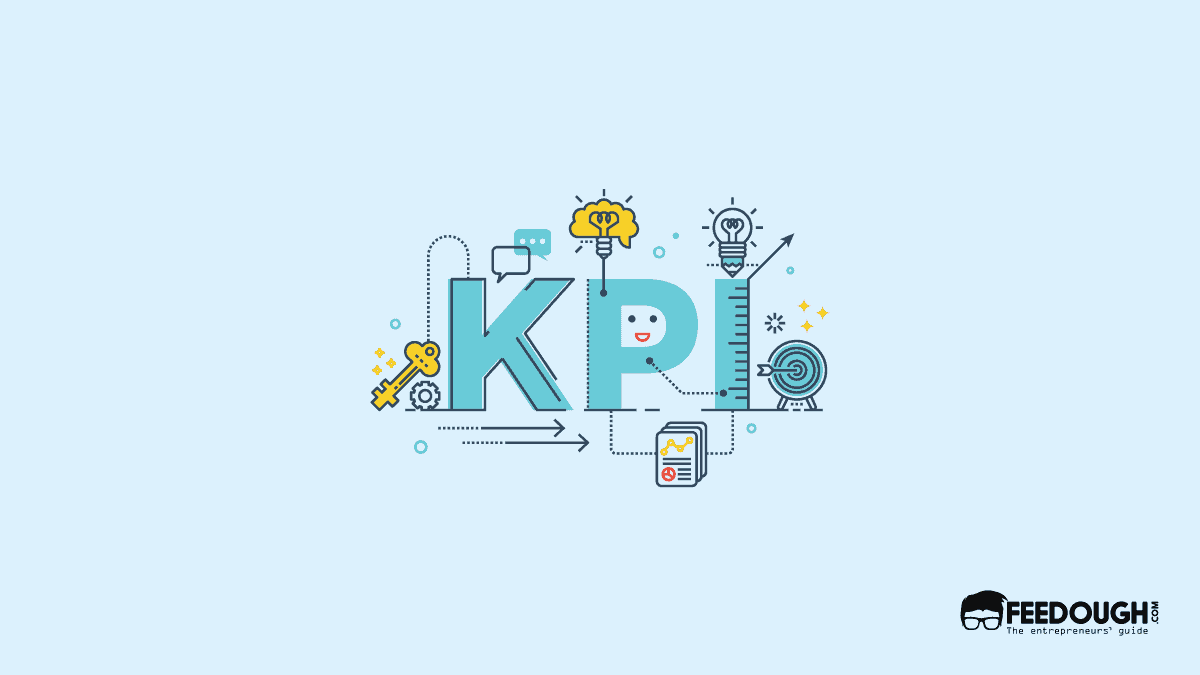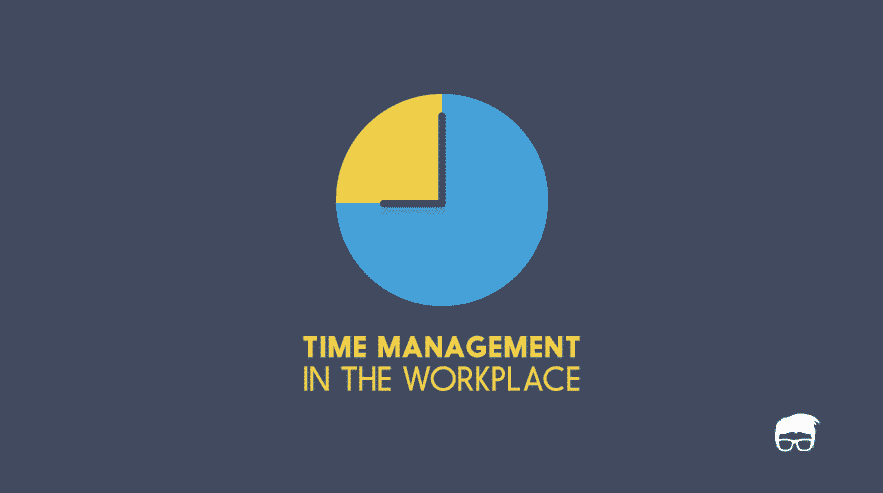While destinationless journeys do appeal to many, work without clear paths and goals is inefficient. What happens here is that people waste their time and energy on tasks that yield little results and are then barely left with resources to do the actual work.
The only way to deal with this problem is by distinguishing the important, less important, and unimportant jobs. No wonder businesses put a lot of time, effort, and money into understanding their key result areas.
What are Key Result Areas?
Key Result Areas or KRAs are the strategic internal or external sectors where the business strives to realise strong positive outcomes to achieve its development goals and move towards fulfilling its vision.
Each piece of work comprises three to five critical tasks. These essential jobs on which employees, departments and, organisations need to focus are the key result areas.
For instance, a management consultant is responsible for several activities. They –
- Coordinate with clients to arrange meetings
- Understand their clients’ problems and decide how to cater to their needs
- Collect and analyse clients and their industries
- Devise an adequate plan of action for the clients’ business
- Communicate and coordinate with their teammates and other departments
- Draft emails and proposals for internal and external communication
- Present solutions and the final plan to the client
- Contribute to the white papers produced by their company
- Contribute to the business development activities of their company
The above tasks don’t generate equal returns. The ones that are more important than others demand more resources. They are the key result areas of the consultant.
Key Result Areas | Not The Key Result Areas |
|---|---|
Understand their clients’ problems and decide how to cater to their needs | Coordinate with clients to arrange meetings |
Collect and analyse data pertaining to the clients and their industries | Communicate and coordinate with their teammates and other departments |
Devise an adequate plan of action for the clients’ business | Draft mails and proposals for internal and external communication |
Present solutions and the final plan to the client | |
Contribute to the white papers produced by their company | |
Contribute to the business development activities of their company |
Characteristics of Key Result Areas
Every job can be broken down into a few necessary tasks that contribute more than other pieces of work towards the functioning of an organisation. However, to be effective, these KRAs need to be outlined accurately, keeping their characteristics in mind.
- Departments, employees and even organisations usually have three to five key result areas. There are seldom more than seven KRAs.
- Key result areas are specific, clear and quantifiable. For example, ‘ensuring the growth of an organisation’ does not fall in the list of a department’s KRAs, but ‘customer acquisition’ does.
- KRAs comprise the tasks essential to do the work at hand. They don’t include additional jobs that generate little returns.
- Key result areas should be affected by the actions of the people they are outlined for. For instance, a software engineer cannot have advertisement in their KRAs because their work wouldn’t influence the company’s popularity.
Key Result Areas Examples
KRAs are different for each employee, department, and company. However, common basic key result areas associated with some designations are listed below:
KRA Examples for Sales Department
- Increase in number of sales as compared to the previous tenure
- Increase in profit margin as compared to the previous tenure
- Increase in the number of prospective customers approached
- Effective implementation of online sales strategy
KRA Examples for Marketing Managers
- Increased brand awareness and visibility
- Promotional activities to improve the brand image
- Decreased marketing costs per new customer acquired
KRA Examples for Human Resources Managers
- Improved advertisement of job vacancy
- Effective screening of prospective employees
- Decrease in the cost of hiring
- Retention of current employees
- Decreased employee turnover
KRA Examples for Customer Service Representatives
- Effectively assisting customers with their queries
- Efficient handling of customers’ complaints
- Improved customer retention
Importance of Key Result Areas
Outlining key result areas is believed to be crucial to an organisation’s functioning, department’s utility and employees’ productivity.
KRAs ensure concentration and boost productivity
Pareto Principle says that 20% of the causes lead to 80% of the consequences. Applying that, 80% of the organisation results will come from 20% of the activities done right. Therefore, marking essential tasks help employees concentrate on them and boosts their productivity at a reduced time cost.
They align with individual and organisational goals
Many a time, businesses deviate from their original goals. However, it is easier to align their everyday activities with their ultimate objectives when they have their KRAs penned down. Each employee can further align their key result areas with their organisation’s and work towards its growth in its true essence.
They assure systematic division of work
After knowing the department’s key result areas, its supervisor can properly distribute work among the subordinates. It ensures productivity within the organisation.
They motivate people to perform
A department’s KRAs consist of the work specific to it. Similarly, employees know that their organisation will suffer if they don’t work on their respective key result areas. This sense of responsibility motivates them to stay on track and work better.
They help track performance
After an organisation knows the KRAs of their various departments and employees, it can track their progress in those fields. This will further highlight their strengths and inefficiencies.
KRAs, KPAs and KPIs
Key performance areas or KPAs are the internal and external areas of a business that a person or group is responsible for. They include the essential and the not-so-essential duties of an employee, department and organisation. KPAs may be inclusive of the KRAs.
On the other hand, Key Performance Indicators (KPIs) are metrics that track an individual or a group’s progress towards their strategic goals, that is, their KRAs.
Difference between KRAs, KPAs and KPIs
KRA (Key Result Area) | KPA (Key Performance Area) | KPI (Key Performance Indicator) |
|---|---|---|
They are the essential tasks that need to be done to stay productive and useful. | KPAs include all the areas an employee, department or organisation is answerable for. | KPIs assess an individual, department, or organisation’s progress in their key result areas (KRA). |
KRAs are specific and measurable. | KPAs may include broad descriptions of the roles and responsibilities of a person or a group. They may or may not be measurable. | KPI is a metric, that is, a numeric value. |
Example – Door to door sales | Example – Business development | Example – Sales target, customer acquisition cost, etc. |
How to Identify Key Result Areas?
When it comes to key result areas, there is no one-size-fits-all. KRAs vary with organisations, departments and employees. Everyone must individually identify their KRAs and work to bring about effective growth. Some points to keep in mind while going about it are as follows.
- Understanding the organisation’s goals – Before spotting their KRAs, one must understand their organisation’s ideals and short and long-term goals. Knowing a business is mandatory before working for its development.
- Discussions and deliberations – KRAs need to be SMART, that is, specific, measurable, achievable, relevant and time-bound. It is not feasible for a person to write them alone. They must talk to their colleagues, bosses and subordinates to finalise the list of key result areas.
- Asking the right questions – While understanding the key result areas to work on, employees must ask themselves why exactly they had been hired, that is, what is their job and contribution to the business. People heading a team must know the purpose of creating it before distinguishing between its essential and non-essential pieces of work. Also, one must remember that KRAs don’t comprise expendables. Only essential tasks should be included in the list of key result areas.
- Quantification – KRAs need to be measurable. However, various critical sectors like employee satisfaction cannot be measured directly, and managers have to find ways to quantify them. In this case, human resources managers do so by devising feedback forms and satisfaction surveys or by considering the number of resignations per annum.
- Division of work – After knowing its KRAs, the organisation or the department needs to divide the work among its employees based on their capabilities and commitments. This further assists them in figuring out the employees’ key results areas.
- Writing – It is better not to keep the list of KRAs verbal. The written matter is more explicit and commands more seriousness than word-of-mouth instructions.
Tracking and Assessing Key Result Areas
After the key result areas have been identified, one should waste no time planning how to proceed with them. Business professionals must devote enough time to working in those key result areas and keeping track of the progress.
Since KRAs are measurable, organisations should check them at regular intervals. They should track progress in each of the critical fields via research, reports and analyses.
Also, employees must be able to outline the areas of their strengths and weaknesses. They have to accept their inefficiencies and focus of improving.
Moreover, people, departments and even organisations might have to restructure their KRAs from time to time. They must remember that their goal is to live up to the organisation’s vision; KRAs are there to guide the process.
Go On, Tell Us What You Think!
Did we miss something? Come on! Tell us what you think about our article on key result areas in the comments section.
A finance enthusiast, literature beau and lifelong learner. Working her way up the success ladder and her personal philosophy textbook, Kavvya believes that a good conversation is worth more than a good book. When not working, she can be found reading, writing and engaging in long walks.









